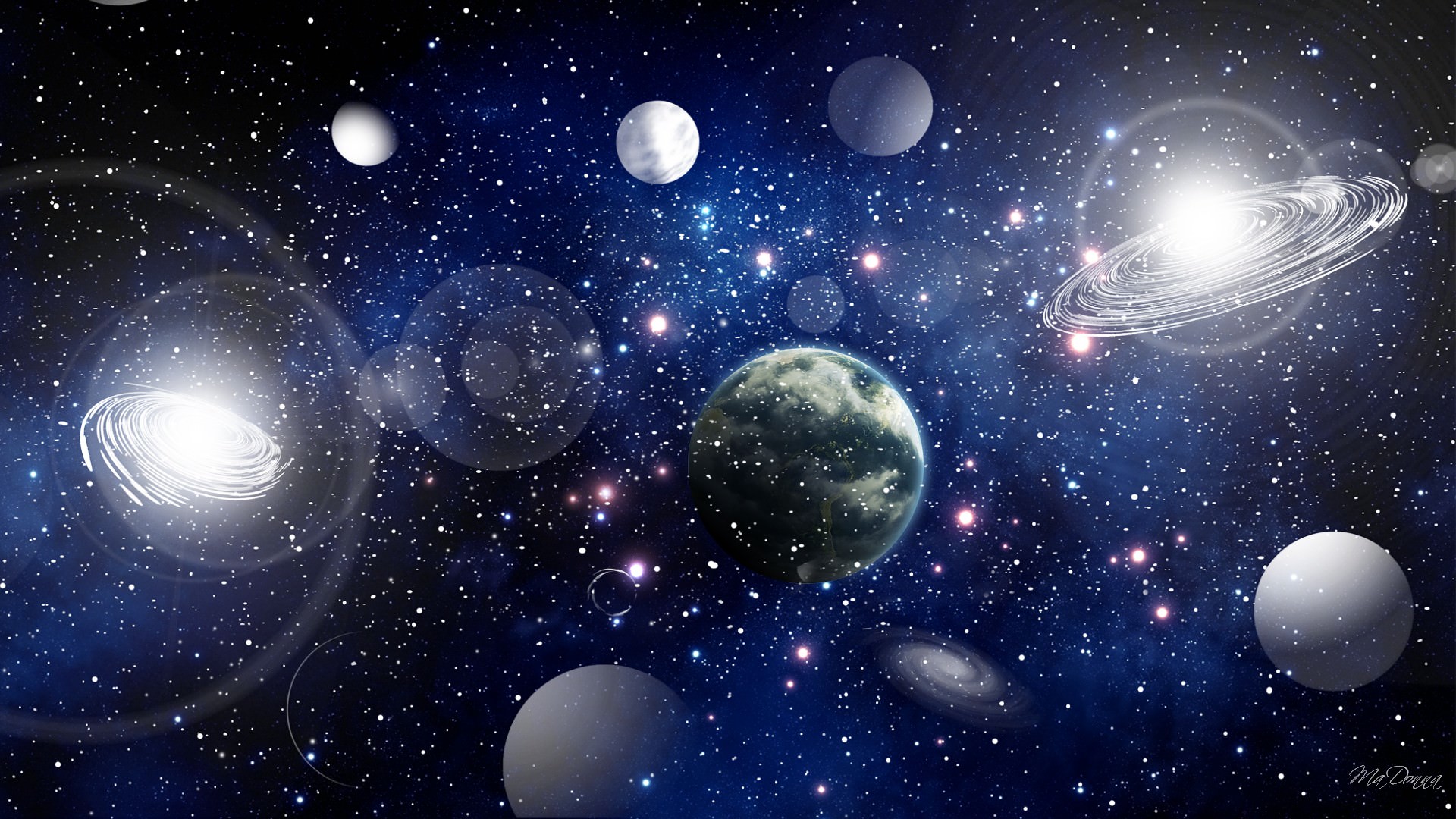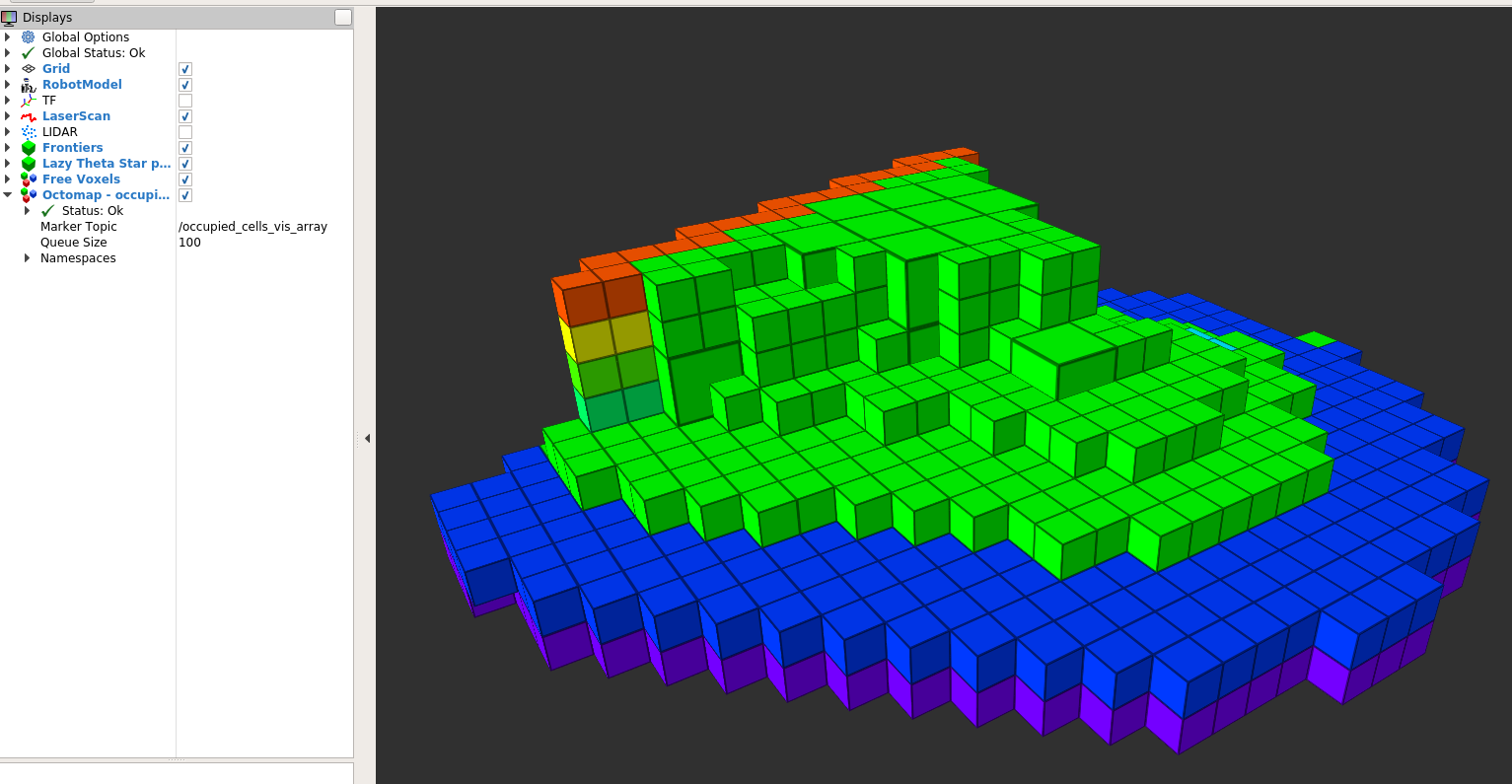
Indeed with McNamara and Farrell’s manifesto referencing the small humanising and uplifting moments of architecture that enfold or empower their occupiers – a Jørn Utzon seat in Mallorca: ‘a “word” of greeting, of welcome’ or a Lina Bo Bardi belvedere in St Paulo ‘for the citizens to overlook the city’ – a large number of installations include some seat, bench or belvedere or stairs up to a platform. These riff off corners from her housing projects – with mirrored walls and ceilings which complete the spatial experience, visually leading off into infinity around you.
Sources freespace wall series#
Particularly immersive is Alison Brooks’s contribution: an elemental series of ‘totem’ spaces which you actually walk or slide yourself bodily into: threshold, passage, roof-space. These show the everyday occupation of their recent Roy and Diana Vagelos Education Center in New York spookily observed internally and externally by drone cameras. But Diller Scofidio + Renfro with its penchant for technical gymnastics, takes their use to another level, in two extraordinary films, played simultaneously. The one ‘viewing instrument’ technology ubiquitous inevitably throughout this Biennale is that of the drone. This you are invited to push around, the action activating a series of lights that mimic the changing light conditions experienced within the spaces throughout the year.

So Níall McLaughlin has designed a finely detailed rotating timber table – like a giant lazy susan – on which sit models of the communal spaces or ‘halls’ found in his projects.

The very direct physicality of this engagement is nicely reflected by many architects having chosen to make installations intended specifically to encourage viewer participation. This is a biennale with the emphasis firmly back on the stuff of building and making spaces. It’s very different from the clarion call to arms of Alejandro Arevana’s 2016 event, which focused on architecture as a mass tool for social justice. This sense of engagement with the human and the particular represents a gentle refocus back on architectural essentials. In both, the existing quality of the space itself is brought out.Īs a result, with noticeably little theatrics of lighting, the appearance of large-scale black-box constructions or video projections, the emphasis is thrown much more on the materiality and construction of the displays and physical models of the exhibiting architects and practices themselves.Īrsenale: Studio Anna Heringer, This is not a shirt. Equally, with a noticeable absence of dividing plasterboard walls and with elements such as an original window designed by Carlo Scarpa revealed for the first time, the sequence of rooms of the Central Pavilion has a far more open and naturally lit feel than before. So compared with previous years, the central 300m run of the Corderie stretches out, open and unencumbered ahead of you as you push past the rope curtain to enter the show. Providing poetic threads as much as pragmatic guidelines, the manifesto helped orchestrate both the physical cue and imaginative glue that holds this enormous exhibition together.Īrsenale: rope curtain at entrance to the Corderieįor a start, the emphasis on generosity, materiality and light is reflected in the curators’ approach to the dressing of the two main venues themselves, which is kept minimal.
Sources freespace wall free#
These articulated ‘Freespace’ as, among other things, ‘a generosity of spirit and a sense of humanity focused on the quality of space itself’ an ‘opportunity to emphasise nature’s free gifts … sunlight and moonlight, air, gravity, materials’ and ‘the freedom to weave the archaic with the contemporary’. This coherence was in large part down to a curatorial statement and manifesto that qualified and amplified Farrell and McNamara’s thinking behind the title. Yet the event is, in fact, one of the most tightly curated and reigned-in Biennales for years, with the two main centrally curated venues – the Corderie (an old rope-works) in the Arsenale and the Central Pavilion in the Giardini – feeling highly coherent in terms of common threads between exhibits and installations, if without the fireworks of previous years.


The Freespace title of this year’s Venice Architecture Biennale, curated by Yvonne Farrell and Shelley McNamara of Grafton Architects, is as typically vague and open one as for previous editions – an umbrella term for exhibitors and visitors to interpret as they wish.


 0 kommentar(er)
0 kommentar(er)
